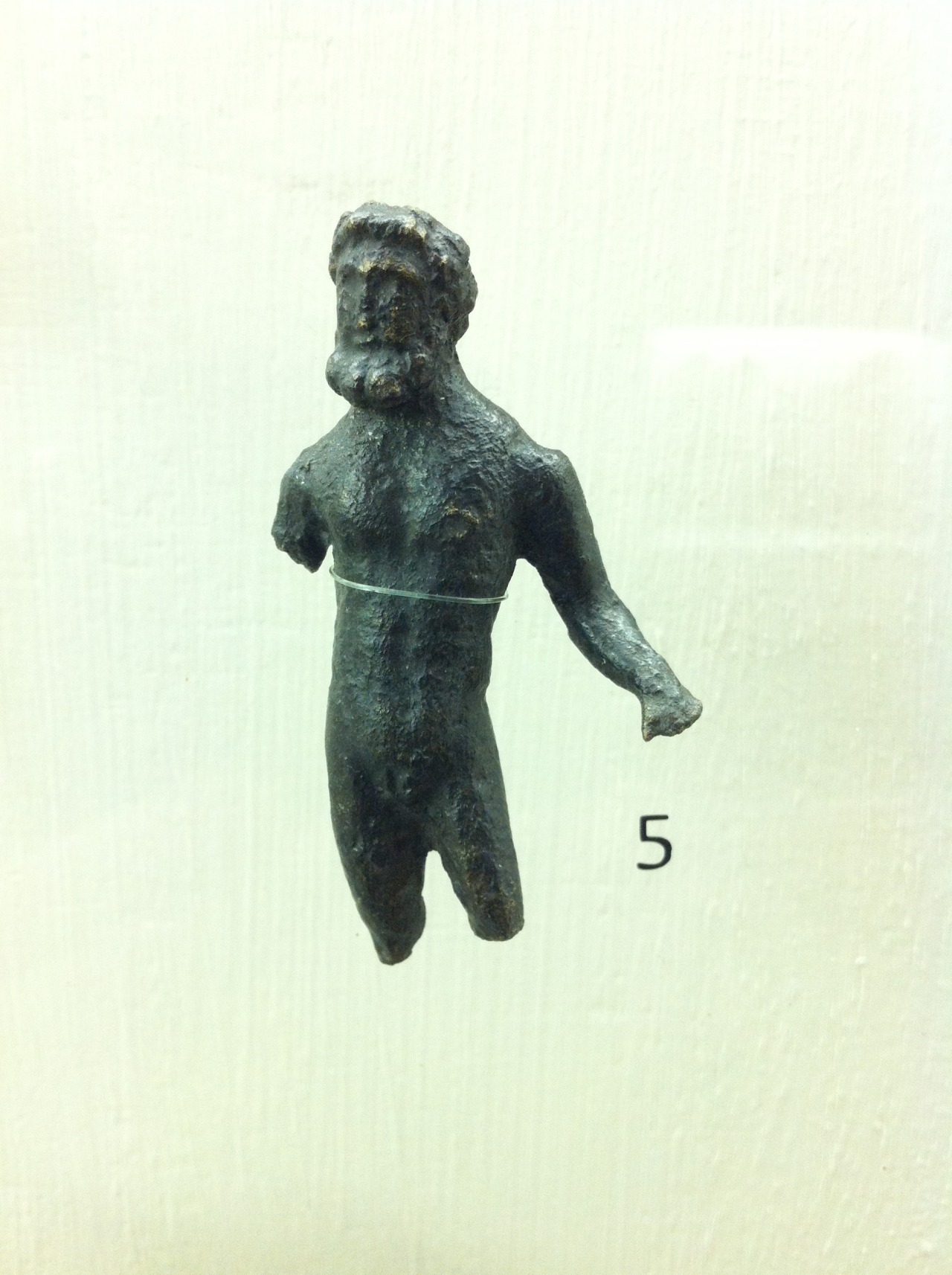Catalogue cards from the Bakewell House Museum, Derbyshire showing a beautiful detailed sketch of the item and information about each exhibit.
This gives me a few ideas for displaying my test pieces in my upcoming art project.
Your Custom Text Here
Inspiration & Projects
at
Rachel Carter Sculpture

A little present I received a few weeks ago from a fellow artist @harleygallery has given me such a puzzle and inspiration at the same time. It’s taken me a while to figure out what this gift was, the artist said “this is one of my favourite things in nature and I wanted to give it to you”, whilst handling it I noticed it was very soft, light and had a rattle when you moved it. I thought, as it rattled, it was a seed from a plant, but I could not find any wooly seed pods that resembled this.
Whilst relaxing one evening watching the series ‘Marco Polo’ there was a scene where a trader was caught trying to smuggle some small oblong white items in a walking stick. The items looked just like my seed pod, and it seems they are not a seed but a cocoon from the Silk Moth.
Since finding this out I have found a renewed fascination for cocoons, which is apt as I created a seven foot high woven cocoon last year for the charity 'Sands’. It has given me some ideas for new shapes for my wax weaving and during my research visit to London next week, I think I will visit the Natural History Museum to look at my cocoons.
Thank you Phil Neal for my lovely gift.





Catalogue cards from the Bakewell House Museum, Derbyshire showing a beautiful detailed sketch of the item and information about each exhibit.
This gives me a few ideas for displaying my test pieces in my upcoming art project.
This is a wax model in high relief made by Richard Cockle Lucas in the 19th century in England. The model represents a warrior and an amazon in combat. It is a copy from a piece of ancient bronze armour found near Heraclea, now in the British Museum.
Richard Cockle Lucas (1800-1883) is mainly known as a sculptor in wax and ivory, but he also worked in glass, marble and bronze, as well as being a painter. Lucas began his career as a sculptor as an apprentice to his uncle, who worked as a cutler in Winchester, carving knife handles. He joined the Royal Academy Schools in 1828 and studied under Richard Westmacott. Lucas made two models of the Parthenon, in its original state and after the explosion of 1687, which were acquired by the British Museum. He is best known for his small scale works including wax sculptures and ivory carvings. Lucas was at the centre of a controversy about the bust of Flora in the Kaiser Friedrich Museum in Berlin. The bust was thought to be an authentic work by Leonardo da Vinci but the sculptor’s son Albert Dürer Lucas claimed in the Burlington Magazine that the bust was modelled by his father. It is now generally thought that the bust is probably by Leonardo or his circle but was repaired by Lucas. He exhibited at the Royal Academy between 1829 and 1859 and showed ivory carvings and imitation bronzes at the Great Exhibition in 1851.
Taken from The V&A online collection




5. Bronze figure of Jupiter, the chief god of Rome. Small figures of gods were kept in shrines in the house.
8.Pewter figure of a sea-nymph riding a seahorse. The sea-nymphs, or nereids, were attendants of the sea god Neptune. The figure is a fragment from a decorated bowl or skillet. 2nd century AD, found at Little Chester, Derby.
10. Bronze phallic amulet. This kind of amulet was often worn by soldiers. it was thought to make its wearer more powerful and virile. 1st century AD, found at Little Chester, Derby.
During a research trip to Derby Art Gallery & Museum, I came across a large selection of bronze items on display found within Derby City and the Derbyshire region.
This post relates to the Roman Occupation of the county and is taken from the exhibition within the museum.
“Iron, Bronze, Gold, Silver, Lead and Tin were all worked for many centuries before the Romans came to Britain. Under the Roman occupation demand for these metals led to massively increased production. In Derbyshire lead and iron were particularly important industries.
Lead - Derbyshire was an important lead mining area in the Roman period. The lead industry appears to have been based in the Derbyshire Dales, at a place called Lutudarum, perhaps near Carsington.
Twenty-nine ingots (called ‘pigs’) of Roman lead from Derbyshire have been found, weighing an average of 80-90kg each. Inscriptions on them indicate that private companies were running mines, probably under state license.
Lead was used for a variety of purposes including water tanks and pipes, weights, containers and figurines. Few of these survive as lead is usually melted down for re-use rather than thrown away.
Iron - Iron was widely used in Roman Britain. Tools included axes, hammers, saws and chisels. Soldiers needed daggers, swords, spears and harness fittings. Iron was also used for hinges, locks and keys, nails and window fittings.
Iron ore was usually obtained by open-cast mining. The ore was roasted in an open hearth and then smelted in a furnace, producing iron bloom which could then be hammered into wrought iron by a blacksmith.
Archaeologists have found fifteen iron smithing hearths at the Roman industrial area at Derby Racecourse.”
Find out more about the items on display at Derby City Art Gallery & Museum.
